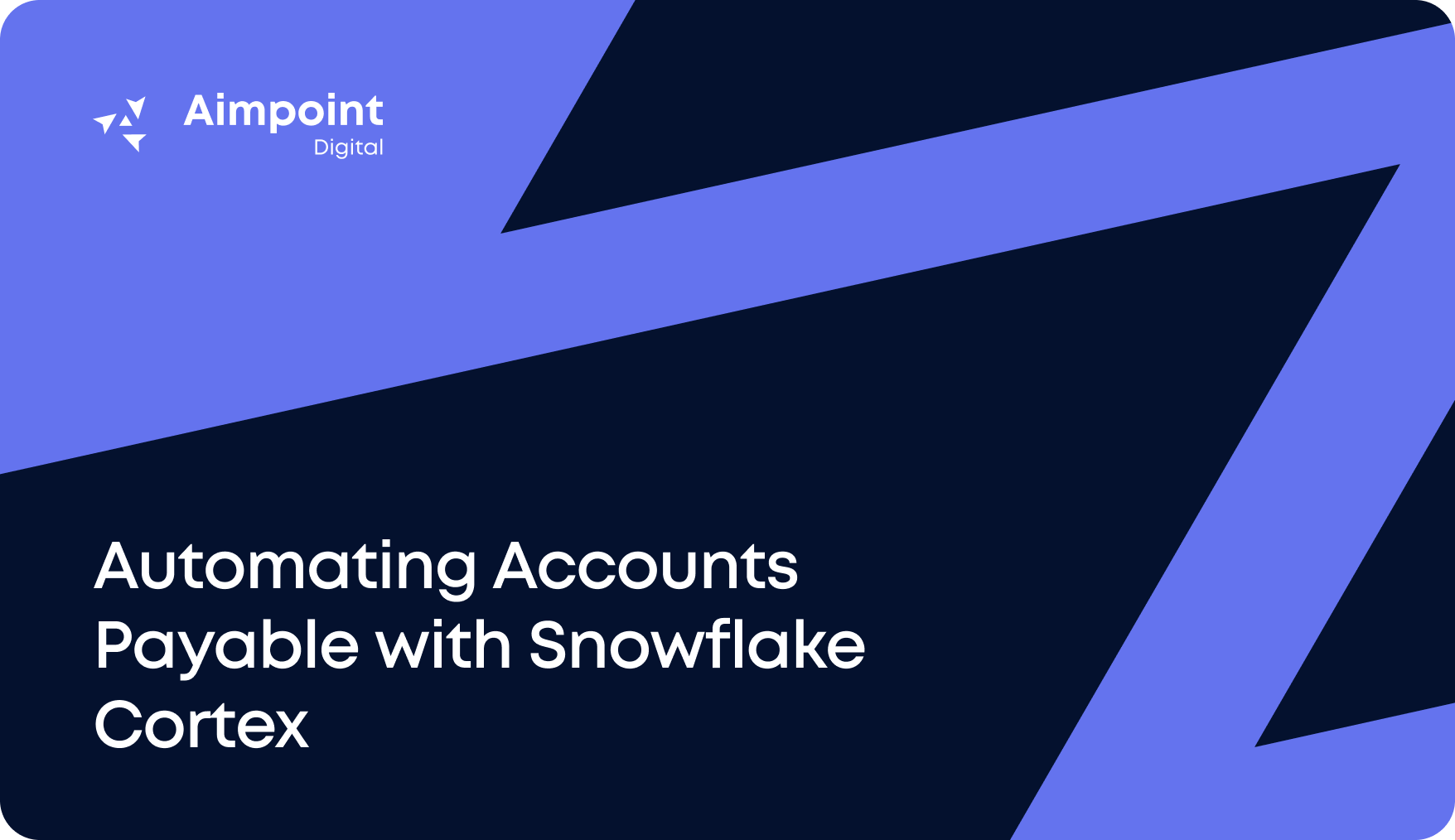
Artificial Intelligence

A retailer’s success is greatly dependent on the pricing of its products. Optimizing retail pricing models to maximize profits is a complex and nuanced process. This may include understanding the demographics of the customer base, understanding the perceived value of the product by customers, pricing of similar products by competitors, and factoring in the costs to manufacture and bring the product to the market.
With so many contributing factors at play, it can sometimes be challenging for businesses to price their products optimally. Simply put, charging too high a price causes customers to go to a competitor, and charging too low makes staying profitable difficult.
Using AI to optimize your retail pricing models can yield quick and impactful results. Some of the main advantages of using AI to determine pricing are as follows:
Market conditions change frequently, and static pricing models cannot adapt to these conditions. Optimized retail pricing models can consider external factors such as supply and demand when determining pricing. In fact, they can automatically adapt to such conditions and provide dynamic pricing to ensure your business remains competitive while still being profitable. Popular ride-sharing apps regularly factor in demand into their pricing, which is why hailing a cab during peak hours can cost more.
Incorrect pricing can affect customer perception and profits. Unfortunately, with so many factors at play, it is often difficult for businesses to get it correct the first time around. This process is particularly challenging for new businesses that are simultaneously trying to establish their brand and create an impression with their customers.
For example, JCPenney, the clothing retailer, decided to eliminate coupons and deals to make way for a more transparent pricing system back in 2012. They moved from a high-low pricing system to an everyday low pricing model. This resulted in the price of many of their goods dropping by ~40%. Despite the drop in prices, JCPenney did not see a surge in sales and reported a ~$150 million loss the following year. Using AI to determine pricing can safeguard businesses from such mishaps and actively ensure they remain profitable.
Products that are substantially different may be accidentally cannibalized due to incorrect pricing. Soft drink brands regularly launch new flavors or ‘diet’ versions of their existing product line-up. Incorrectly pricing them can cannibalize their other beverages rather than taking away sales from their competitors.
AI retail pricing models can assist in this process by accounting for the differences in the products and pricing them appropriately. Businesses invest a lot of money and effort into products, and accidental cannibalization can negatively impact entire product line-ups. Optimizing retail pricing models with the help of AI can prevent this and enable businesses to price multiple products appropriately.
Retail pricing models can range from being mathematically simple and easy to maintain to mathematically complex and requiring frequent maintenance and updates. At Aimpoint Digital, we understand that different businesses have different objectives and our approach to building pricing models first depends on understanding the client’s business. As such, we take a three-step approach that helps our clients reach their pricing goals.
The first step involves interacting with stakeholders to develop a comprehensive understanding of the client’s business and evaluating how their pricing goals may be accomplished using AI.
Next, our team of optimization experts and data scientists uses a variety of advanced AI, ML, and mathematical optimization techniques to build retail pricing models and optimize them.
Finally, we deploy the model and allow it to automatically adapt to fluctuations in external factors (e.g., supply, demand, etc.). We also specialize in retraining the model and deploying it to allow businesses to function unhindered.
At Aimpoint Digital, we are committed to helping all industries, big or small, unlock the potential of data analytics and transform their business. Our optimization experts and industry specialists have helped numerous organizations across industries become data-driven.
If you would like to build and deploy AI-driven retail pricing models for your organization, please contact us through the form below to speak with our optimization experts.
Whether you need advanced AI solutions, strategic data expertise, or tailored insights, our team is here to help.